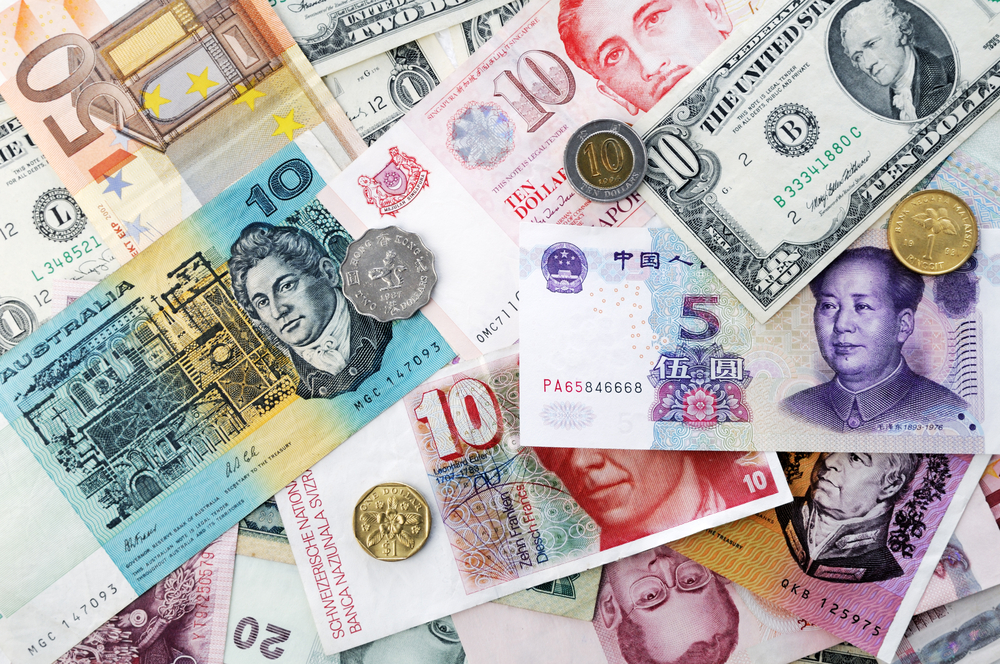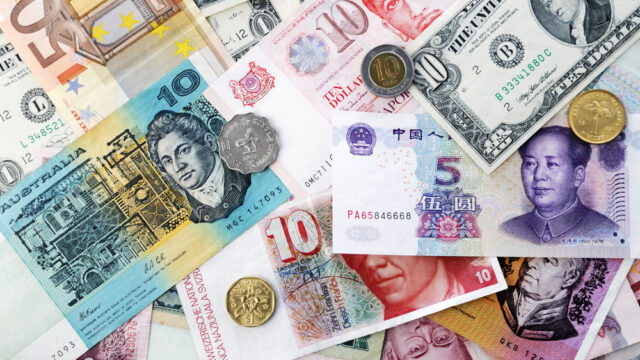The Nepal Rastra Bank (NRB) has announced the latest open market exchange rates for foreign currencies, effective today. The updated rates indicate slight fluctuations in major global currencies, influencing both the import and export sectors in Nepal. The exchange rates are determined by the bank based on market demand and supply, with implications for traders, businesses, and remittance receivers across the country.
According to the Nepal Rastra Bank, the buying rate for the Indian Rupee (INR) remains at 160.00 per 100 units, while the selling rate is slightly higher at 160.15. The Indian Rupee plays a crucial role in Nepal’s economy due to strong trade and travel ties between the two neighboring countries.
Among the major international currencies, the U.S. Dollar (USD) is being traded at a buying rate of NPR 138.45 and a selling rate of NPR 139.05. The stability of the U.S. Dollar has a significant impact on Nepal’s financial transactions, particularly in the remittance sector, as a large number of Nepali expatriates work in the United States and other dollar-pegged economies.
The European Euro (EUR) saw minor changes, with the buying rate set at NPR 144.95 and the selling rate at NPR 145.58. The UK Pound Sterling (GBP), another key currency in Nepal’s foreign exchange market, is available for purchase at NPR 175.15, with a selling rate of NPR 175.91. Similarly, the Swiss Franc (CHF) is being traded at NPR 154.07 for buying and NPR 154.74 for selling.
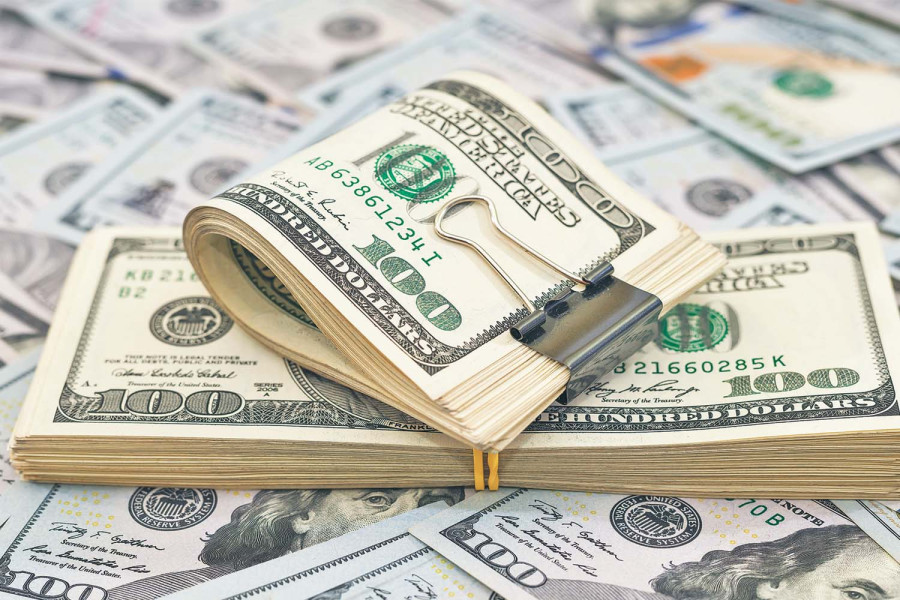
With Nepal’s growing trade relations with Asia, currencies from the region are becoming increasingly relevant. The Chinese Yuan (CNY) is valued at NPR 19.08 per unit for buying and NPR 19.16 for selling. The Japanese Yen (JPY), measured per 10 units, is being bought at NPR 9.21 and sold at NPR 9.25. The South Korean Won (KRW), traded per 100 units, has a buying rate of NPR 9.66 and a selling rate of NPR 9.71.
Other key Asian currencies include the Singapore Dollar (SGD), which is valued at NPR 103.59 for buying and NPR 104.04 for selling. The Malaysian Ringgit (MYR) stands at NPR 31.33 per unit for buying and NPR 31.47 for selling, while the Thai Baht (THB) has been fixed at NPR 4.12 for buying and NPR 4.14 for selling.
Given Nepal’s large migrant workforce in the Middle East, exchange rates for currencies from the Gulf region hold significant importance. The Saudi Arabian Riyal (SAR) is being bought at NPR 36.92 and sold at NPR 37.08. The Qatari Riyal (QAR) is trading at NPR 37.98 for buying and NPR 38.15 for selling. Similarly, the UAE Dirham (AED) is valued at NPR 37.69 for buying and NPR 37.86 for selling.
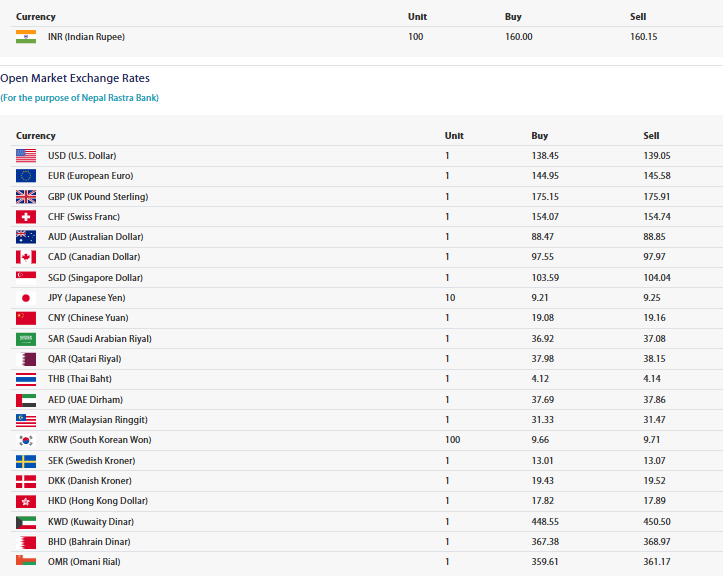
Among the Gulf Cooperation Council (GCC) currencies, the Kuwaiti Dinar (KWD) remains the highest-valued foreign currency in Nepal, with a buying rate of NPR 448.55 and a selling rate of NPR 450.50. The Bahraini Dinar (BHD) follows closely, with buying and selling rates set at NPR 367.38 and NPR 368.97, respectively. The Omani Rial (OMR) is trading at NPR 359.61 for buying and NPR 361.17 for selling.
The Australian Dollar (AUD) is available for purchase at NPR 88.47, while the selling rate is NPR 88.85. Meanwhile, the Canadian Dollar (CAD) is being traded at NPR 97.55 for buying and NPR 97.97 for selling. Both currencies are relevant for Nepal’s education and tourism industries, as a significant number of Nepali students and travelers frequently visit Australia and Canada.
The exchange rates for Scandinavian currencies are also notable. The Swedish Kroner (SEK) is being bought at NPR 13.01 and sold at NPR 13.07. Similarly, the Danish Kroner (DKK) is valued at NPR 19.43 for buying and NPR 19.52 for selling. The Hong Kong Dollar (HKD) is another currency in demand, with a buying rate of NPR 17.82 and a selling rate of NPR 17.89.
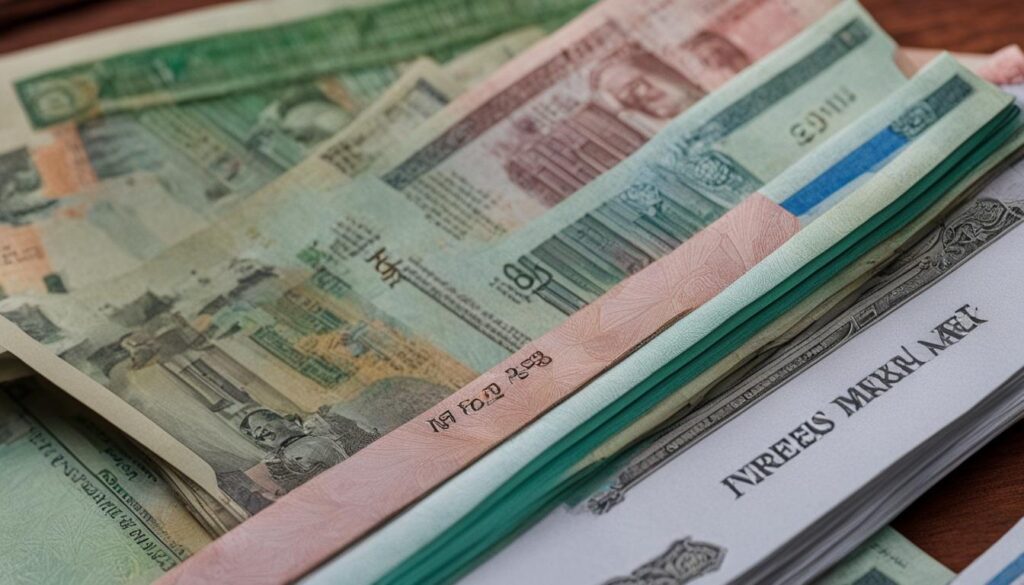
The fluctuations in foreign exchange rates have a direct impact on Nepal’s economy, influencing various sectors including imports, exports, tourism, and remittances. A stronger U.S. Dollar benefits remittance receivers, as many Nepali workers abroad send money back home in dollars. However, a higher exchange rate for the dollar also increases the cost of imported goods, leading to inflationary pressures.
Similarly, the valuation of the Indian Rupee is crucial for Nepal’s trade balance, as a significant portion of Nepal’s imports and exports are conducted with India. The slight increase in the selling rate of the INR suggests stable trade relations and economic activities between the two nations.
For businesses engaged in international trade, the exchange rate fluctuations necessitate strategic planning. Importers and exporters must monitor these rates closely to make informed financial decisions. Additionally, Nepali students studying abroad and travelers planning overseas trips also need to be mindful of exchange rates to manage their expenses effectively.
The Nepal Rastra Bank’s latest foreign exchange rates provide critical insights into the country’s financial landscape. While some currencies have seen minor fluctuations, the stability of major international currencies like the U.S. Dollar, Euro, and Pound Sterling indicates a balanced foreign exchange market. As Nepal continues to strengthen its trade relations and attract remittances from abroad, these exchange rates will remain a key factor in shaping the country’s economic trajectory.
For daily updates and precise exchange rate information, businesses and individuals are advised to check the Nepal Rastra Bank’s official website or consult authorized foreign exchange dealers.
